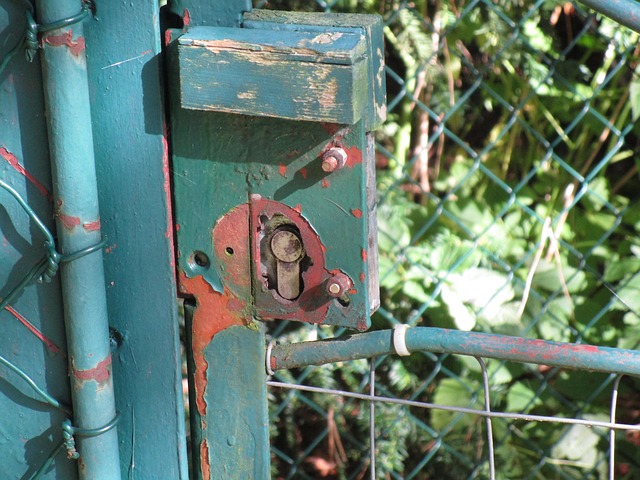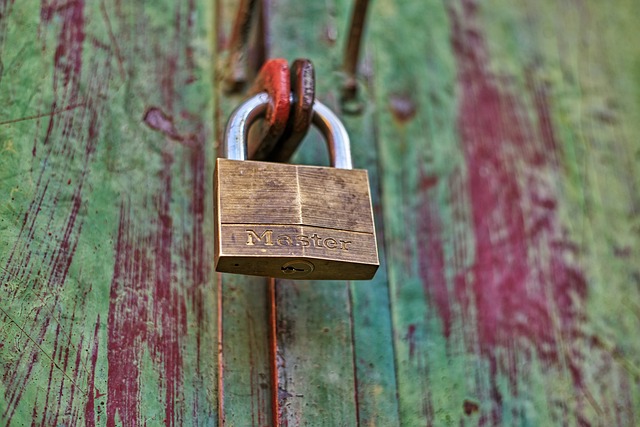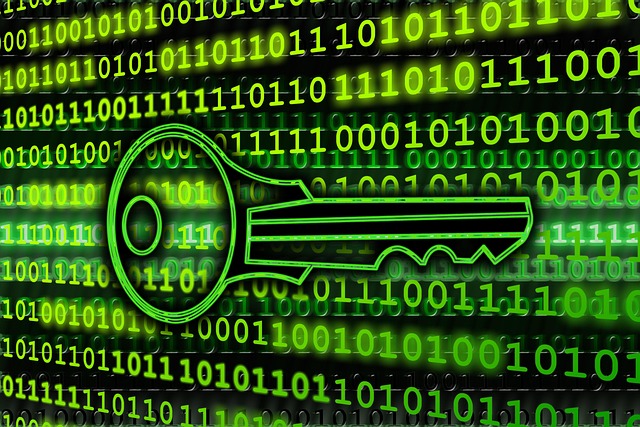Designing senior-friendly security systems requires addressing unique needs of elders, including mobility issues, cognitive impairments, and age-related forgetfulness. Key features include user-friendly interfaces, simple controls, motion-detection technology for subtle movement recognition, and automated alerts from strategically placed sensors. These systems offer easy assistance requests, ensuring safety and peace of mind while promoting independence and privacy. By differentiating between occupants and intruders, these innovations provide quick response times to potential hazards like falls, fostering comfort, autonomy, and quality of life for seniors living alone.
As our population ages, ensuring the safety of seniors at home becomes paramount. Motion-detection technology emerges as a powerful tool in this endeavor, offering innovative solutions for senior-friendly security systems. This article delves into the unique protection needs of older adults, exploring how motion sensors can detect falls, alert caregivers, and promote independent living. We discuss designing accessible security systems tailored to senior preferences and the substantial benefits for elderly safety, ultimately enhancing their quality of life.
- Understanding Senior Home Protection Needs
- The Role of Motion-Detection Technology
- Designing Senior-Friendly Security Systems
- Implementation and Benefits for Elderly Safety
Understanding Senior Home Protection Needs

Understanding the specific needs of seniors is paramount when designing and implementing home protection systems. Senior-friendly security systems must cater to potential mobility issues, cognitive impairments, or age-related forgetfulness. These systems should be user-friendly, with clear interfaces and simple controls that require minimal physical effort or mental strain.
For instance, motion-detection technology can be tailored to recognise subtle movements or deviations from usual routines without causing alarm or confusion. Sensor placements in strategic areas, coupled with automated alerts for family members or caregivers, can provide a robust yet non-intrusive security net. Such systems should also incorporate features that allow seniors to easily request assistance when needed, ensuring their safety and peace of mind.
The Role of Motion-Detection Technology

Motion-detection technology plays a pivotal role in enhancing senior-friendly security systems, offering both peace of mind and advanced safety features. By utilizing sensors that detect movement, these systems can promptly alert caregivers or family members about any unusual activity within the home. This is particularly beneficial for seniors living alone, as it enables quick response times to potential hazards or intrusions, ensuring their well-being.
Moreover, motion-detection technology contributes to a more independent lifestyle for seniors by providing an extra layer of protection without compromising their privacy. Advanced algorithms can differentiate between occupants and intruders, minimizing false alerts and allowing seniors to live their daily lives uninterrupted. Such systems are designed with user-friendly interfaces, making them accessible and easy to manage for older adults, further promoting the adoption of modern security solutions in senior homes.
Designing Senior-Friendly Security Systems

Designing senior-friendly security systems involves considering the unique needs and capabilities of older adults. Sensory impairments, reduced mobility, and cognitive changes often require specific features like simple, intuitive interfaces with large buttons or voice control, clear audio alerts, and visible notifications. These adaptations ensure that seniors can easily understand and interact with the system, enhancing their independence and safety without adding complexity.
Furthermore, integrating motion-detection technology into these systems offers a discreet yet powerful way to monitor activity. Sensors can detect unusual patterns or sudden changes in movement, providing timely alerts for potential falls or other emergencies. By combining this technology with user-friendly design principles, senior-friendly security systems offer a comprehensive solution that promotes comfort, autonomy, and peace of mind.
Implementation and Benefits for Elderly Safety

The implementation of motion-detection technology in senior homes offers a comprehensive approach to elderly safety, creating an environment that’s both secure and comfortable. These systems are designed with a senior-friendly mindset, ensuring they’re easy to use and understand. Sensored areas can be tailored to each resident’s routine, alerting caregivers or family members when unusual activity occurs without intruding on personal space.
Benefits are multifaceted: from deterring intruders to monitoring mobility and detecting falls. In case of an emergency, these systems provide immediate notifications, enabling swift response times. Moreover, they foster a sense of independence, as seniors can live more autonomously while still having support available when needed. This technology represents a significant step in enhancing senior-friendly security systems, promoting safety without compromising privacy or quality of life.
Motion-detection technology plays a pivotal role in enhancing senior home protection, offering a senior-friendly security system that combines safety with independence. By understanding unique protective needs and designing intuitive systems tailored to elders’ comfort, these technologies can significantly improve elderly safety without infringing on personal freedom. Implementation of motion-detection across homes enables timely intervention during falls or unusual activities, ultimately fostering secure living environments for our aging population.
